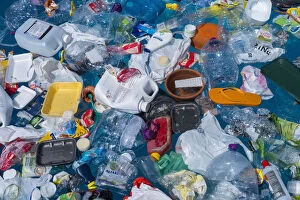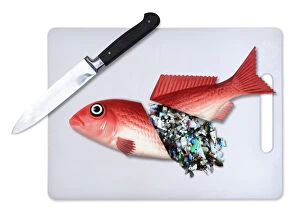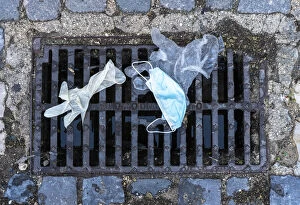Microplastics Collection
Microplastics are tiny particles of plastic that have become a major environmental concern. These minuscule fragments, shown in pictures No
All Professionally Made to Order for Quick Shipping
Microplastics are tiny particles of plastic that have become a major environmental concern. These minuscule fragments, shown in pictures No. 12479496, 12479488, and 12479497, pose a significant threat to our planet's ecosystems and can be found in various forms such as fibers, beads, or even smaller broken-down pieces like those seen in images D-69426, D-69417, and D-69416. These they can often released into the environment through everyday activities like washing clothes made from synthetic materials or using personal care products containing microbeads as depicted in images D-69388 and D-69339. Once they enter rivers and oceans through drainage systems illustrated by pictures D-69330 and D-69329, they become nearly impossible to remove due to their size. The detrimental effects on marine life cannot be understated; creatures mistake these particles for food leading to ingestion-related issues showcased in image D-69251. Furthermore, these plastics act as sponges for toxic chemicals present in water bodies which then accumulate within the organisms that consume them. To combat this growing problem of microplastic pollution requires collective action at all levels - individuals must reduce their use of single-use plastics while industries should adopt sustainable practices. Governments need to implement stricter regulations regarding plastic waste management. By raising awareness about the impact on our environment through visuals like these pictures (No. 12479496), we can inspire change towards a cleaner future where our oceans remain free from harmful plastic debris.





































